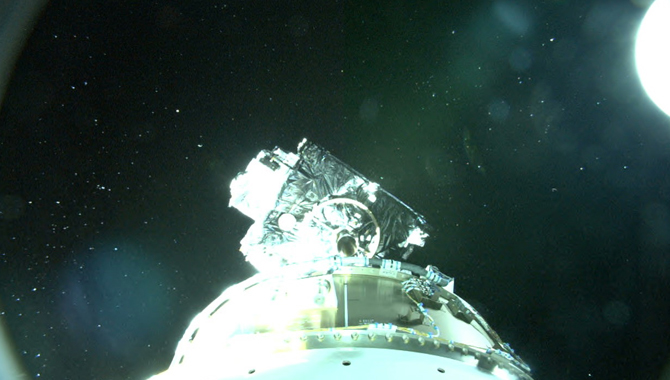
On November 19, NASA launched the Geostationary Operational Environmental Satellite-R Series (GOES-R), which will revolutionize weather forecasting in the Western Hemisphere.

On November 19, NASA launched the Geostationary Operational Environmental Satellite-R Series (GOES-R), which will revolutionize weather forecasting in the Western Hemisphere.
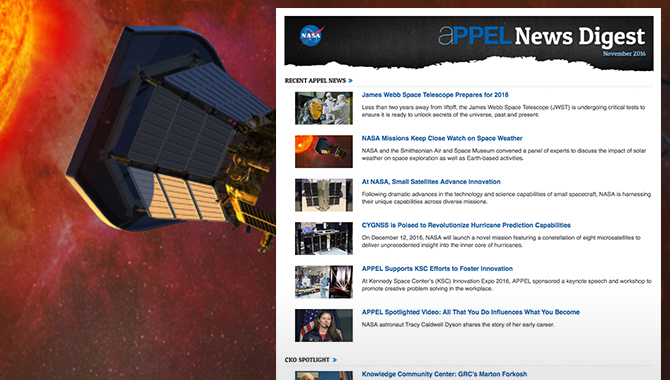
A new edition of the APPEL News Digest has been released. We invite you to read it today on our website.
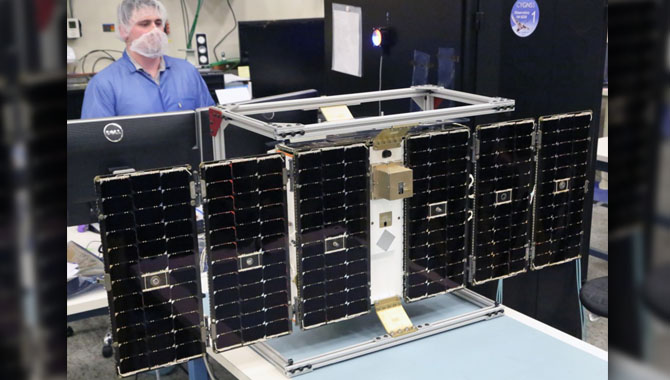
On December 12, 2016, NASA will launch a novel mission featuring a constellation of eight microsatellites to deliver unprecedented insight into the inner core of hurricanes.
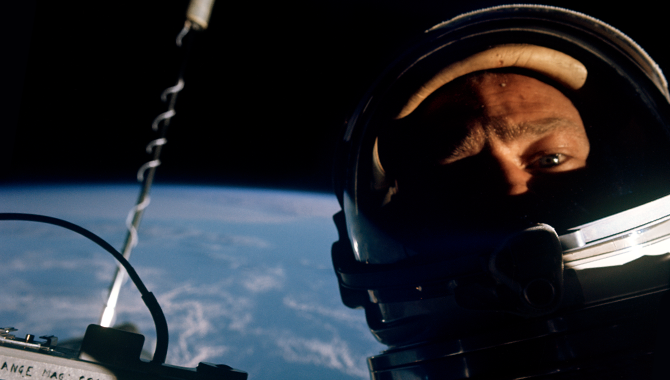
Half a century ago this month, the final flight of the Gemini program answered a lingering question—and introduced a training technique that remains invaluable today.
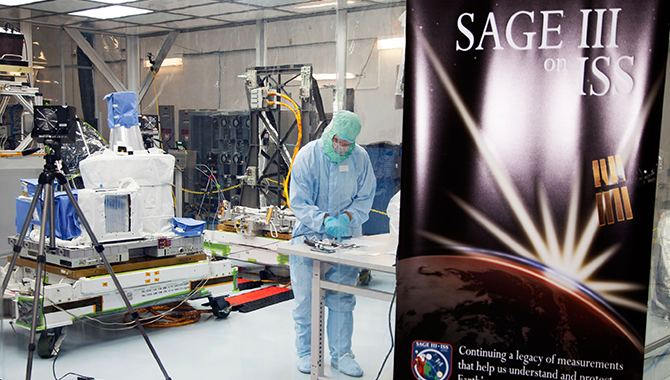
At Kennedy Space Center’s (KSC) Innovation Expo 2016 (IE), APPEL sponsored a keynote speech and workshop to promote creative problem solving in the workplace.
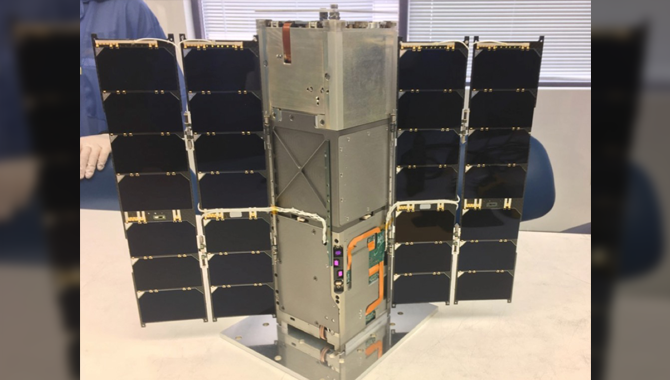
Following dramatic advances in the technology and science capabilities of small spacecraft, NASA is harnessing their unique capabilities across diverse missions.
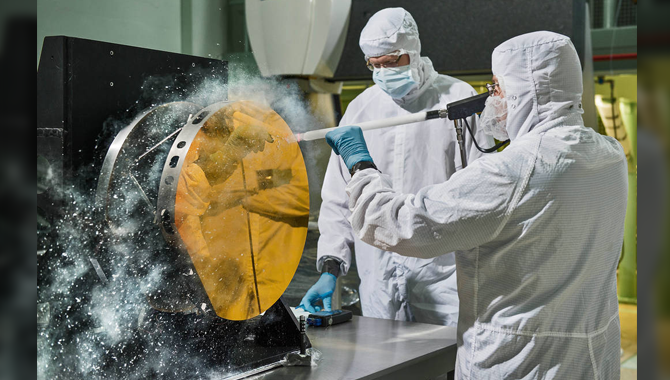
Less than two years away from liftoff, the James Webb Space Telescope (JWST) is undergoing critical tests to ensure it is ready to unlock secrets of the universe, past and present.
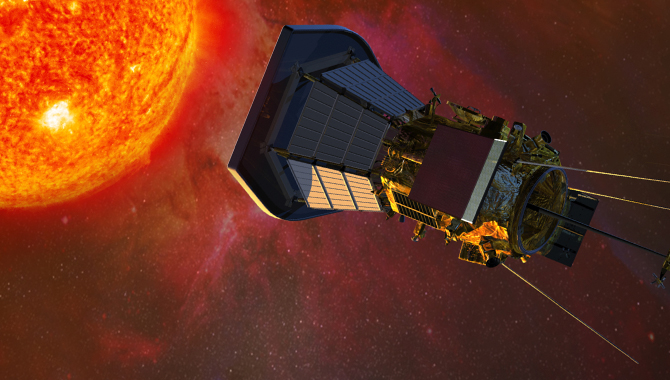
NASA and the Smithsonian Air and Space Museum convened a panel of experts to discuss the impact of solar weather on space exploration as well as Earth-based activities.
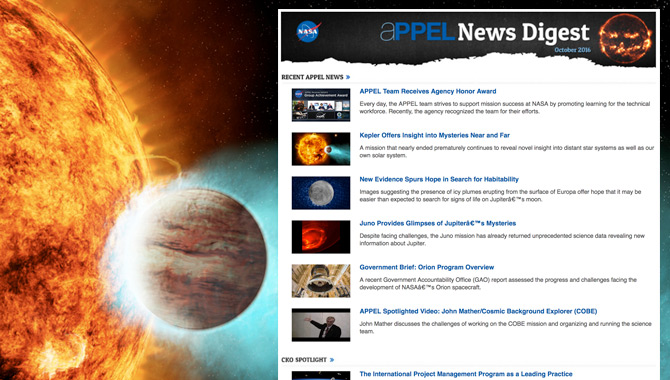
A new edition of the APPEL News Digest has been released. We invite you to read it today on our website.